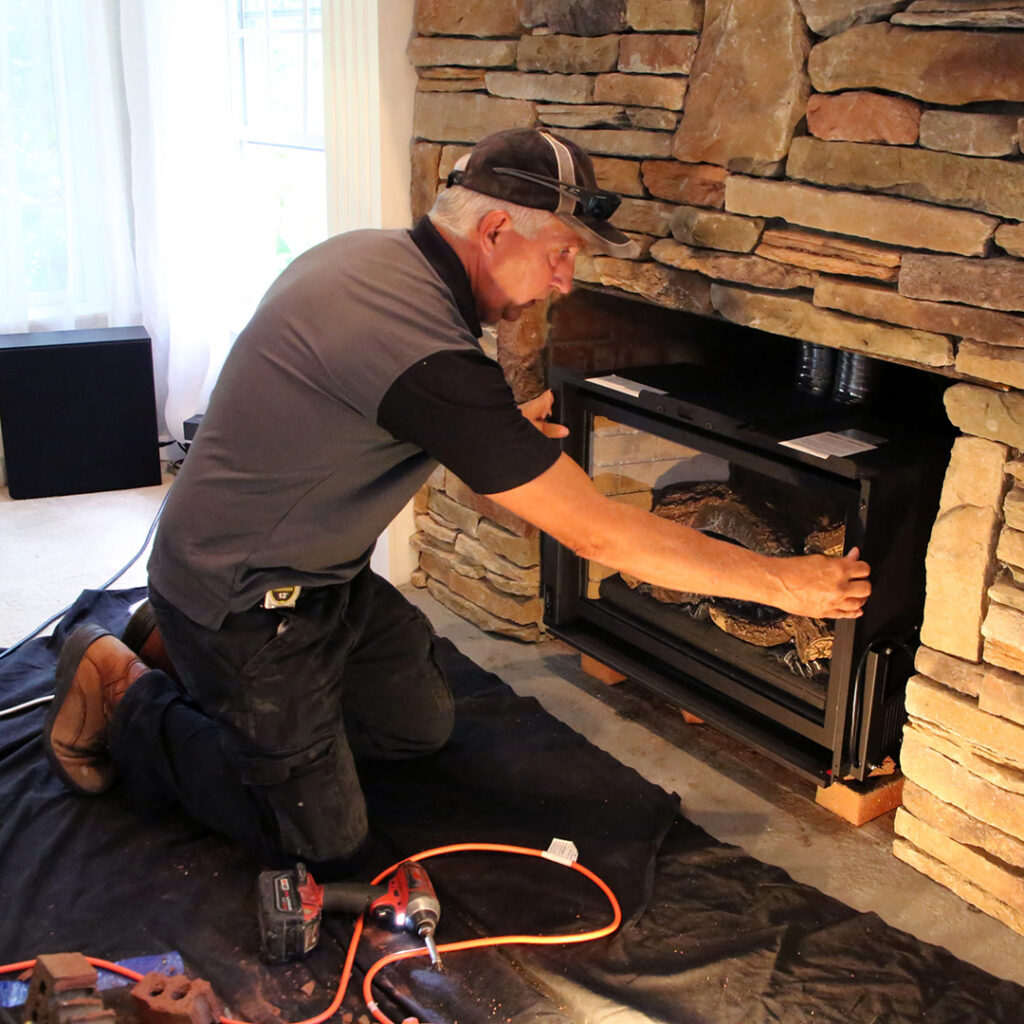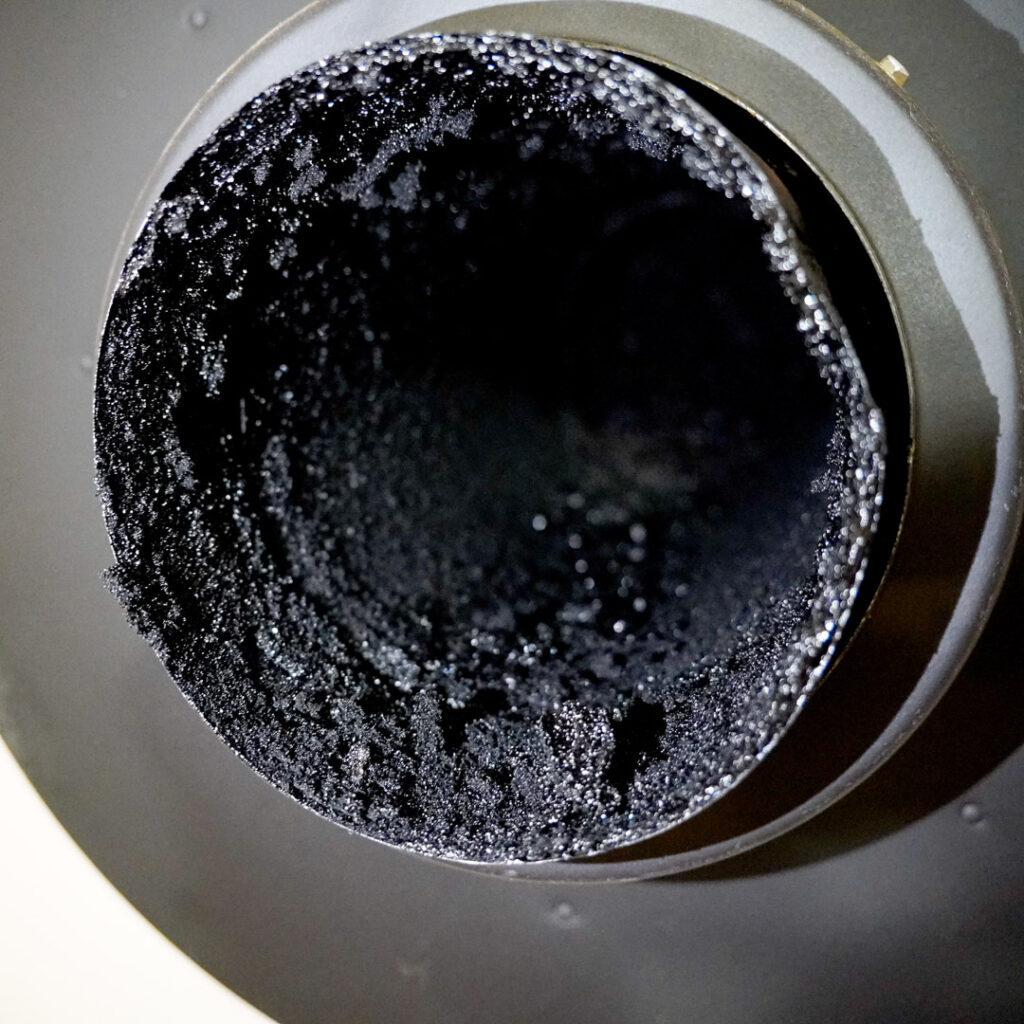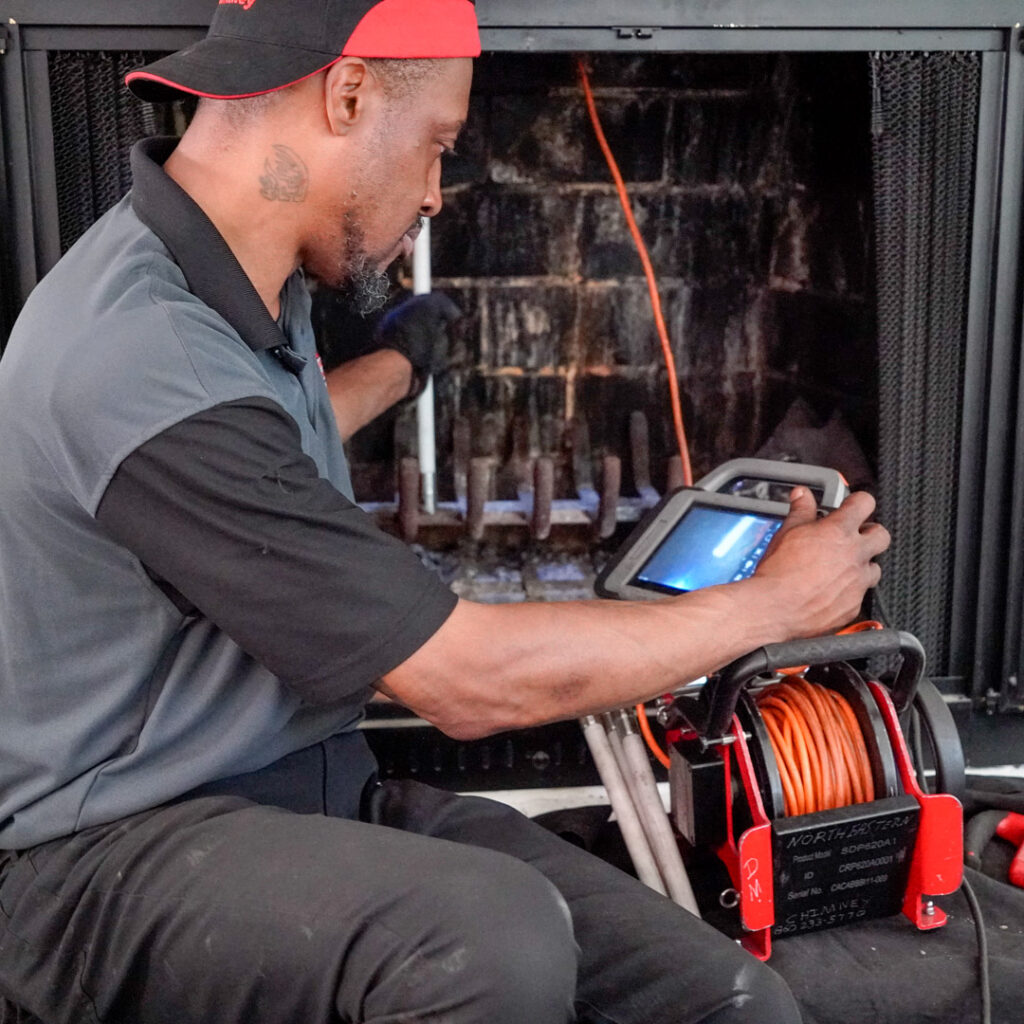Tricks to Increase Chimney and Fireplace Efficiency This Winter
When your fireplace and chimney run efficiently in winter, you save money on heating while also enjoying the fireplace more. Unfortunately, it is no accident that a fireplace runs efficiently every winter. A series of parameters operate in tandem to guarantee that fires burn hot and combustion byproducts depart through the chimney as they should.
What can you do to ensure that your fireplace functions optimally? Well, there are a number of things you should do. These things, as given by chimney contractors, include:
Only use seasoned wood.
Whether you cut your firewood or acquire it from a local supplier, the wood you load into your fireplace should have had time to dry or season. Firewood that has not been adequately seasoned (green wood) produces excessive smoke and does not provide as much heat as it should.
Freshly cut wood normally takes 6 to 12 months to dry out and season correctly. Properly seasoned firewood should have a moisture content of 20% or less.
You can use a wood moisture meter to determine the moisture level of your wood. It is also a good idea to test any wood you intend to buy to confirm that it is ready to burn.
To keep wood dry, keep it off the ground, split-side down, and allow air circulation around it. To keep rain and snow off stacked wood, cover it with a tarp.
Keep the dampers closed.
When the fireplace is not in use, you should use the damper, which is a metal mechanism that keeps air, moisture, and debris out of the firebox. When you don’t close the damper after the fire has extinguished, it would be like leaving a window open—all the hot air will be lost.
Additionally, all of the heat produced will exit through the chimney. When the fire is totally out, close the fireplace damper to keep the heat in the firebox, which will keep your living area warm for a few hours.
You should note that before you start a fire in your fireplace, fully open the damper to allow the chimney draft to function correctly. This may seem obvious to some, yet thousands of people are inundated with smoke every year because the damper remains closed when they are igniting a fire.
For the damper to give you the results that you are after, it must make a tight seal. If it doesn’t, you should have it replaced as early as possible.
Start the fire the right way.
While starting a fire may appear simple enough, there is a way to create a strong burning fire that produces more heat while using less fuel. Here are some pointers for getting your fire started properly:
Start Small: Before you start the fire, ensure that all of your fireplace’s air controls are open to offer the air your fire requires to thrive. Begin with shredded newspapers and small bits of kindling. After you’ve filled the newspaper and kindled it, place one or two logs on top and light them.
Allow the small fire to build until it is roaring before adding more wood. When you’re ready to add more wood, leave enough space between the pieces to promote airflow and keep the fire going.
Install a fireplace insert.
A classic masonry fireplace sends up to 85% of the heat it produces up the chimney. That is not a particularly efficient means of home heating. However, you can reverse the situation with an EPA-certified fireplace insert.
Fireplace inserts are self-contained heating units that fit directly into the opening of an existing masonry fireplace. Its ingenious design maintains the majority of the heat it generates (80% to 90%), requiring only one-third the amount of fuel.
It not only improves your fireplace’s heating effectiveness, but it is also more environmentally friendly, emitting only a fraction of the smoke, soot, and creosote than a regular fireplace does.
When getting the insert and installing it, ensure that the work is done by a professional who knows what they are doing.
Make use of glass fireplace doors.
Closing the glass doors will help to radiate the heat in the firebox throughout the living area and prevent the heated indoor air from being sucked into the fireplace, even though the damper must remain open to vent exhaust when flames are present.
Installing glass fireplace doors is a simple, affordable, and useful way to improve the heating efficiency of your fireplace.
Many fireplace enthusiasts enjoy an open-fire burning experience with nothing more than a mesh screen for protection. However, this will have a negative effect because the warmer indoor air will be drawn back into the fireplace and up the chimney.
Prime the chimney
If the smoke enters the room rather than going up the chimney when you light the tinder to start your fire with the damper open, it’s time to prime your chimney. Once a column of cold air has filled the chimney flue, you must prime the chimney.
To force out the cold air and enable the hot air to ascend, there must be enough heat. Making a torch out of newspaper, lighting it, and carefully holding it up toward the damper is the standard way for priming the chimney.
You can have a great winter fire after priming the chimney, which may take two or even three tries to get right, so you should exercise some patience when doing it.
Keep your chimney in good shape.
Maintaining your chimney and fireplace properly keeps your family safer, in addition to increasing the chimney’s efficiency.
Wood burning can be hampered, and the draft can be reduced by soot accumulation in the flue lining of your chimney. With only a tenth of an inch of layered soot, soot and ash accumulation in the fireplace can significantly reduce the rate of heat transfer by up to 50%.
A byproduct of burning wood, creosote accumulation in your chimney can also reduce efficiency and pose a fire risk.
At least once a year, right after you stop using your fireplace in the spring, have your chimney and fireplace cleaned by professional chimney cleaning services Upper Marlboro for optimal benefits.
As a rule of thumb, work with professionals who know what they are doing.
The post Tricks to Increase Chimney and Fireplace Efficiency This Winter first appeared on First Class Chimney Services.
This post first appeared on https://www.firstclasschimneyservices.com







 Why Convert to Gas?
Why Convert to Gas? Is Converting to a Gas Fireplace Right For You?
Is Converting to a Gas Fireplace Right For You? What Is Creosote?
What Is Creosote? Are There Any Benefits In The Production Of Creosote?
Are There Any Benefits In The Production Of Creosote?